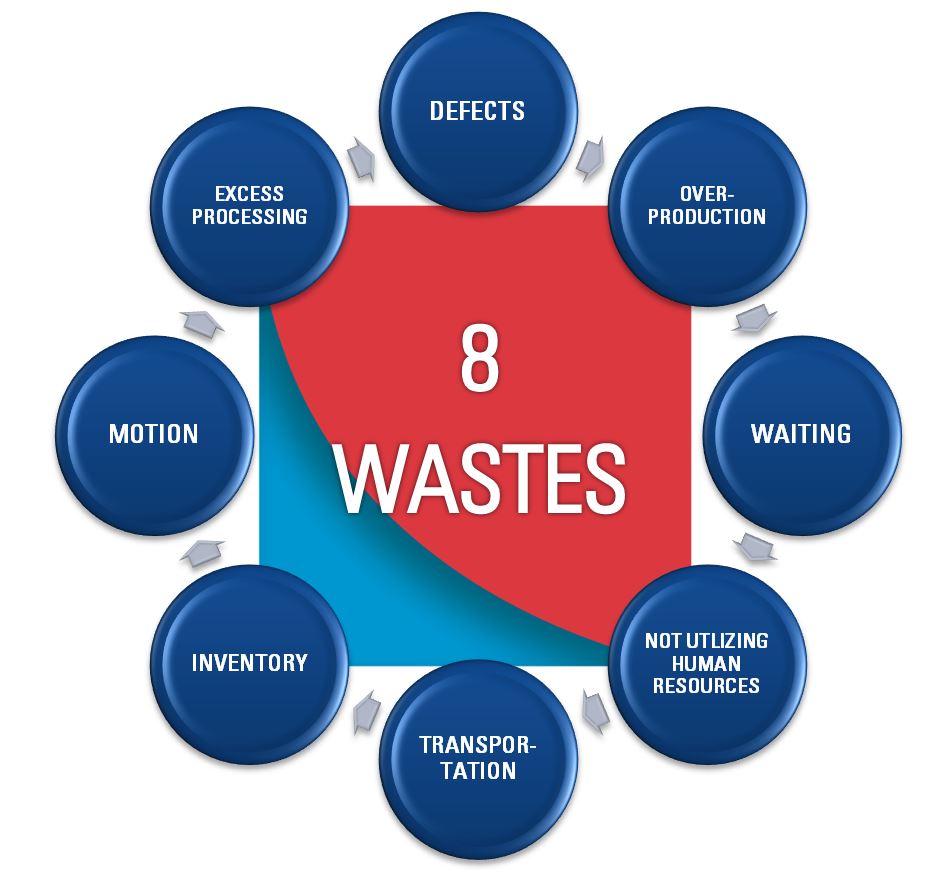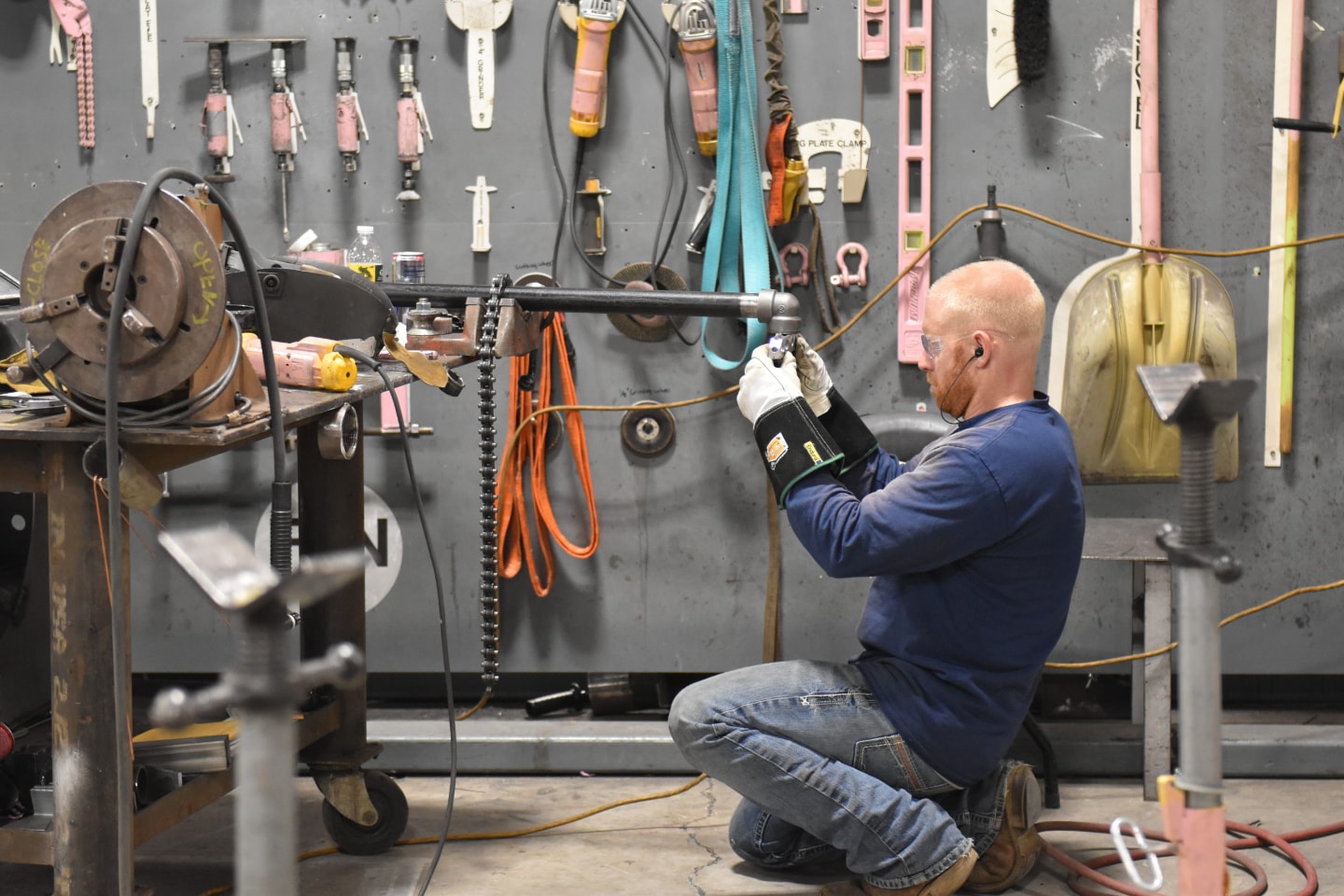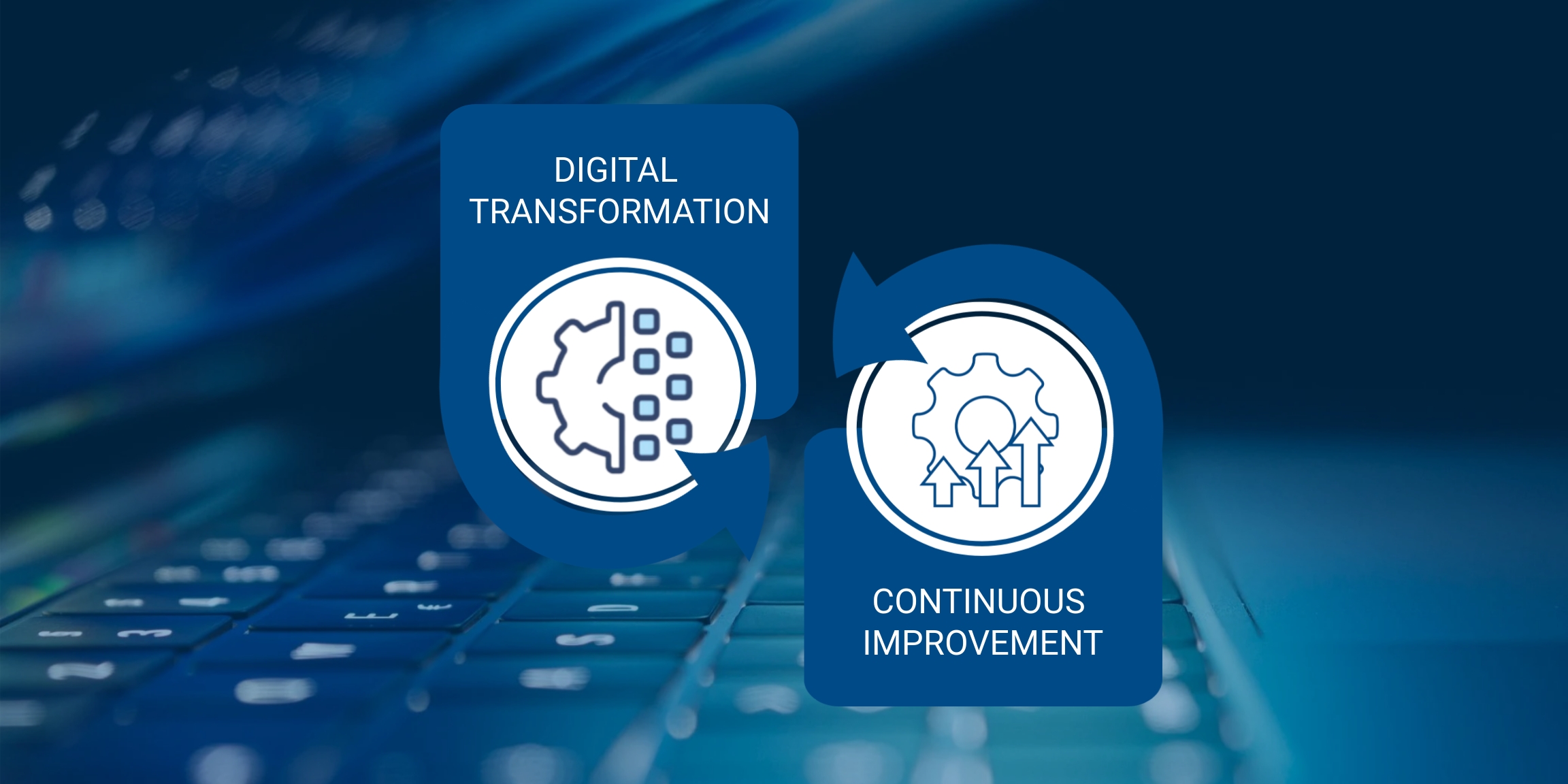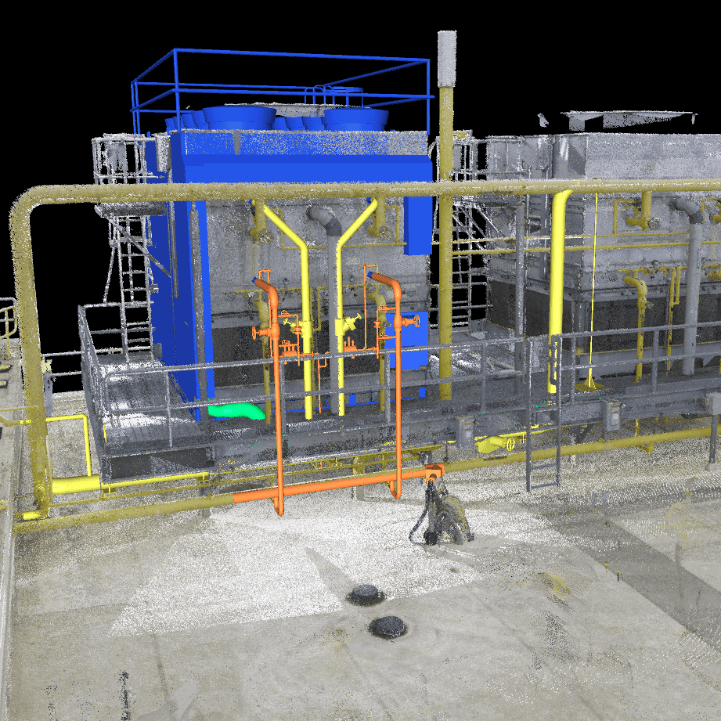Lean, the methodology of creating more value for customers by maximizing resources and eliminating wastes (continuously improving), is something you’ve undoubtedly heard about before, and with good reason! What strengthens Lean’s position as a company best practice is that even if it wears out its “trendy” appeal- its benefits can’t be denied and it remains one of the top methods for continuously improving your business. It’s a valuable long-term investment in your future systems and philosophy.
Lean has worked for our business and many others, so we’re passionate, to say the least. But don’t let our enthusiasm overshadow the true and tangible benefits of Lean that you may want to consider implementing in your company.
COST REDUCTION AND EFFICIENCIES
Lean focuses on eliminating non-value added activities or “waste”; wastes that can be incredibly costly to your business. Do you have hundreds or millions of dollars in inventory sitting unused tying up your cash flow? Do you spend time searching for items or tools or files wasting valuable work time? Can you imagine the kind of improvements that could be made to your bottom line if your entire company’s focus was continuously improving even these smallest inefficiencies in their area? Sure, you might think it only wastes “a minute”. But one minute 5 days per week is 260 minutes per year (multiplied by the number of employees who are experiencing the same inefficiency). Those little numbers build up fast.
EMPLOYEE SATISFACTION
Want a top rating on Glass Door? Now more than ever, employees are looking for a place that truly values their thoughts, listens to their ideas, and empowers them to make decisions. Employees expect a collaborative environment where they are seen as the “expert” in their area and their opinions are respected and valued. The Lean method does two things for employee satisfaction:
- Gets employees involved in the decision-making. People are encouraged to assist with deciding what changes are made to their own area. This makes them feel invested, engaged, valued, and heard. Lean focuses on letting the person doing the task have ownership of how to fix the process.
- Focuses on respecting people- which means we are fixing the “process” not the person. A Lean culture values it’s hard-working associates and assumes that it is the process which is broken, not the person. This makes people feel secure and empowered knowing that they have the right to speak out about their ideas without any finger-pointing or judgment.
Lean promotes mutual respect, which is an incredibly beneficial bond that makes for happier employees and happier companies.
TAKING CUSTOMER SERVICE TO THE NEXT LEVEL
Once your Lean culture is engaged, you begin to find small improvements that can be made almost immediately. Sometimes those “small” improvements save substantial amounts of time and can prevent the “emergencies” that keep us from focusing on the customer. When your processes begin to reflect a more efficient approach- you spend less time “putting out fires” because your new processes have already solved many of the problems that ignited them in the first place. Stop to think about how much more time you would have if your company’s processes were running smoothly. Instead of spinning in circles fixing problems, you would have time to focus on strengthening relationships with your customers.

RETURN ON INVESTMENT
The ROI of implementing a Lean culture is typically very high for a company that focuses their efforts on process improvements and not capital expenses. Research suggests that adopters of the methodology should expect a 300% return on investment over time. While this percentage will be different for each company, the best way for us to testify is by telling you our history. Bassett Mechanical started our lean journey in 2006. A year later the recession hit and companies all over were downsizing and even closing. Through our Lean engagement, we stayed focused on eliminating tasks that were not valuable to the customer. Removing these wastes helped us stay competitive during a challenging time and we pulled through the recession without any layoffs or downsizing and actually gained employees, revenue, and profits. Impossible, right? Many people asked us “how we did it”. It’s no secret. The only element that had changed was our engagement with Lean.
IS THERE AN EASY BUTTON?
Well, not quite. Change doesn’t happen overnight. Having an internal culture that supports engagement in the program is a necessity. Each company has their own culture they have to build their Lean systems around. It takes some time- but you can do it! As your company matures on your Lean journey, you become better at choosing improvements that are specific to corporate initiatives and goals. Now THAT is a beautiful thing; to have every single person in your company continuously improving their area as it relates to accomplishing your company’s overall initiatives. From the CEO to field, from accounting to technicians- everyone knows their role in helping accomplish your company’s goals.
There are many benefits of Lean and Continuous Improvement, including helping you generate a culture where you have all employees working with you, not just for you. It’s tough to put a price tag on that.




